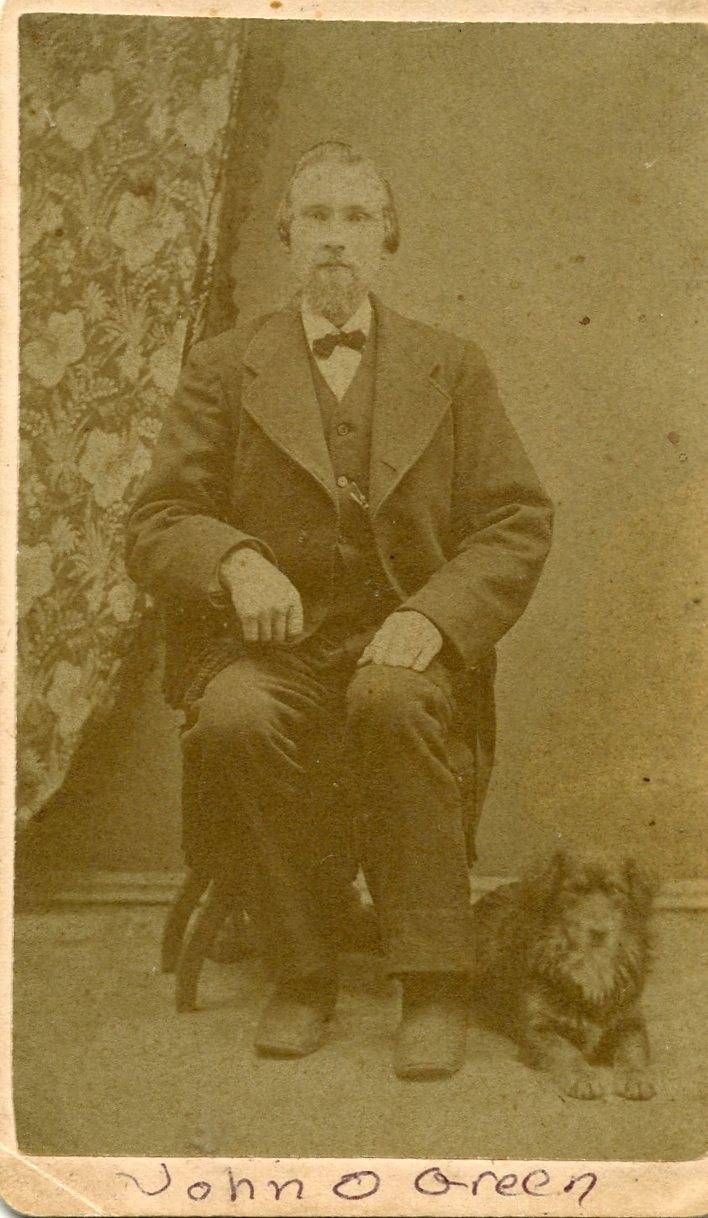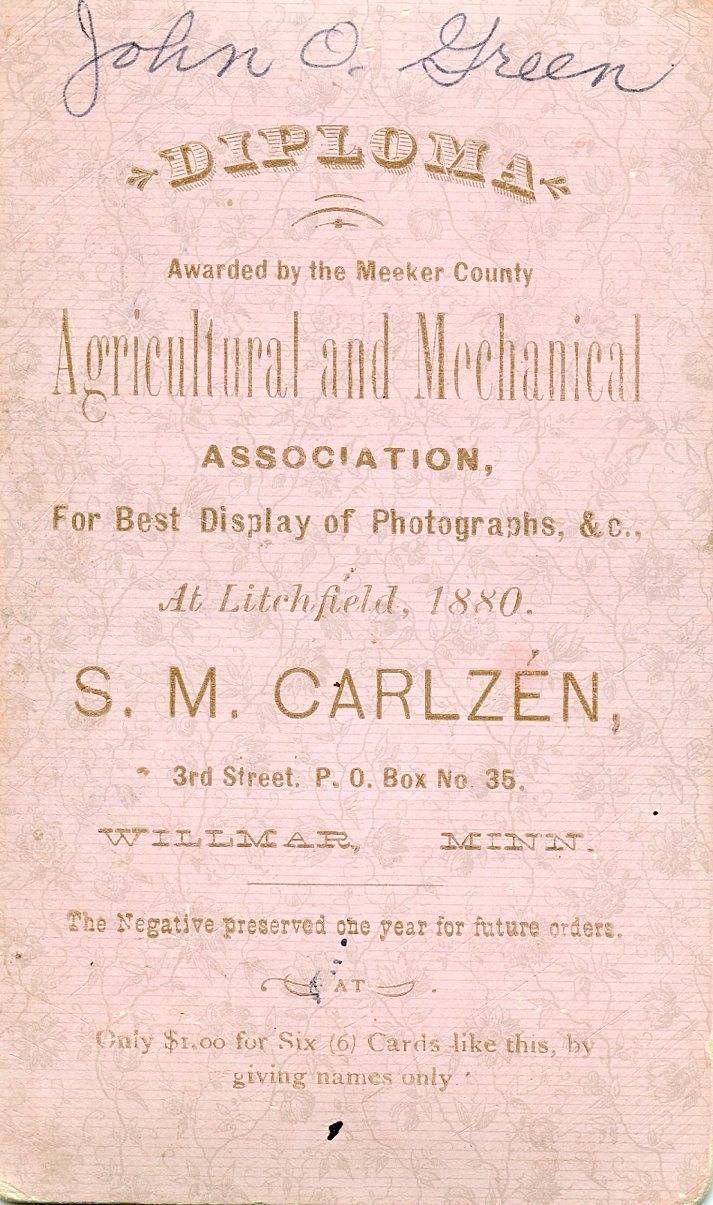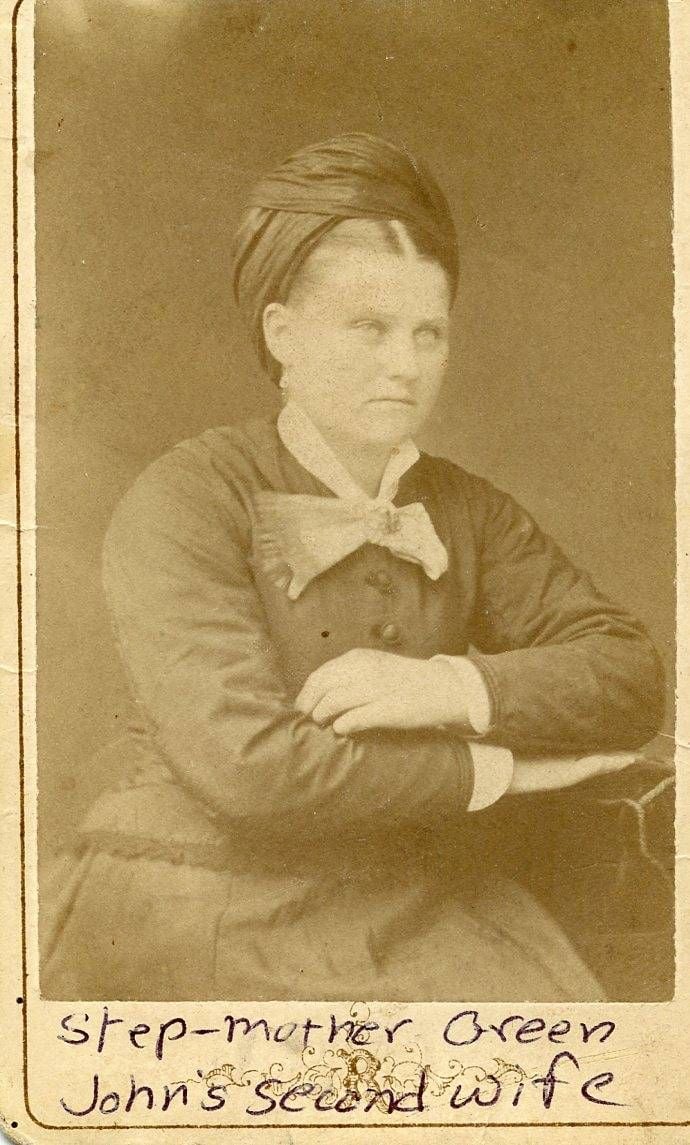And They Were Wed
A family legend of star-crossed lovers who were reunited after immigrating to Minnesota
Tears glistened in her eyes as she cried out, "But Papa, I love him!"
This is the phrase I imagine Anna Ingeborg, my Norwegian great-grandmother, uttered to her father when he ordered her to stop seeing a Swedish sailor with whom she had fallen in love. But my great-great grandfather, Anna's father, was not swayed by her expression of passion. He was stubborn: no daughter of his would marry a Swede.
A family legend

This occurred in the town of Christiana, now Oslo, Norway, in about 1867. Anna's father's prejudice against the Swedes dated back to 1814, when Norway was forced under Swedish rule after the Swedish-Norwegian War. Though each country kept its identity, Swedish kings ruled over both countries. The Norwegians resented this, and this disdain towards Sweden was passed down from generation to generation. In 1905, both countries became independent, but even today, Norwegians and Swedes will claim superiority over one another.
According to the legend passed through my father's family, Anna was so heartbroken by her father's edict that she made herself sick and could no longer work at the family shop.
Mr. Ingeborg owned a sweet shop, which we would call a bakery or pastry shop, where he sold various baked goods that his wife and daughter produced. Anna helped her father at the counter when crowds filled the shop.
It was in her father's shop that she met the love of her life, a Swedish sailor named John Grein. While on leave from his sailing duties, John decided to visit Norway and discovered the Ingeborg shop. Anna sold him a custard bun. It was love at first sight for both of them.
After several visits to the shop, John asked Mr. Ingeborg for permission to go out walking with Anna. Anna's father shouted, "NEI," and informed the Swede that he no longer was welcome in the shop. Apparently, the couple secretly exchanged letters, and John asked her to marry him. But Anna's father refused.
Passage to Minnesota
Because of her broken heart, Anna refused to eat. Concerned that Anna was wasting away, her parents agreed that Anna – and her family – needed a change. Mr. Ingeborg had a relative who had emigrated to America and settled in a new state called Minnesota, a place that reminded numerous Scandinavians of their native lands. Mr. Ingeborg booked a passage for his family on a ship.
The name of the vessel has been forgotten over the years, but it is said that John received the vessel's name and the date of the Ingeborg's departure. Unable to afford passage but desperate to follow Anna, John Grein stowed away on the ship.
After arriving in New York, the Ingeborg family traveled on a much smaller ship through the Great Lakes to Minnesota. They hired a wagon to take them from a Minnesota port, likely Duluth, to Cottonwood County where their relatives lived – a town that would become Storden, Minnesota.
Lovers reunited

Without necessary funds, John Grein was unable to afford a ship ride through the Great Lakes. Instead, he walked and caught rides with friendly wagon drivers all the way to Storden.
When John finally arrived, Anna was overcome with joy. Hearing what John had done to find Anna, Mr. Ingeborg reportedly said: "Norwegians, Swedes, it doesn't matter. We're all Americans now."
And they were wed.
The descendants of John and Anna

That is where the story ended when it was told to me by one of my father's sisters, but I learned more. John changed his last name to Green, and he and Anna had several children, including a daughter named Mary Caroline. Mary was beautiful like her mother, Anna, and she loved to dance. It was at a barn dance that she met Harry Springer, who played the fiddle for dances.
Harry Springer and Mary Green fell in love, married, rented a farm, and had seven children. Lured by homesteading in Wyoming, Harry Springer moved his wife, children, and all the family's belongings by train to Carpenter, Wyoming in 1908. The family traveled in a passenger car, their furniture in a box car and their farm animals in a stock car. They left behind their oldest child, Inez, who was only twelve. Inez lived with her mother's sister and husband in Storden until she married and moved to North Dakota. Anna Green, my great-grandmother died, and John Green married a young Swedish woman, known only in my family as Step-Mother Green.
One of Harry and Mary Springer's sons died in Wyoming. By then, the Springers had added two more children: a daughter and a son named Clair, who was known as Ike. Ike would become my father.
The family returns to Minnesota
For decades, none of the descendants of Mr. Ingeborg lived in Minnesota. In 1967, the daughter of Ike Springer (myself) and her husband, Samuel Marks, moved to St. Paul, Minnesota, where Sam had a contract with the St. Paul School District. In time, the couple had another child, Susan Marks. Susan is the first person in our ancestry to be born in Minnesota in over a century.
Someday Susan and I would like to go to Storden—to the Pioneer Cemetery—to find the burial sights of our ancestors, especially the Swedish stowaway and his Norwegian wife.


